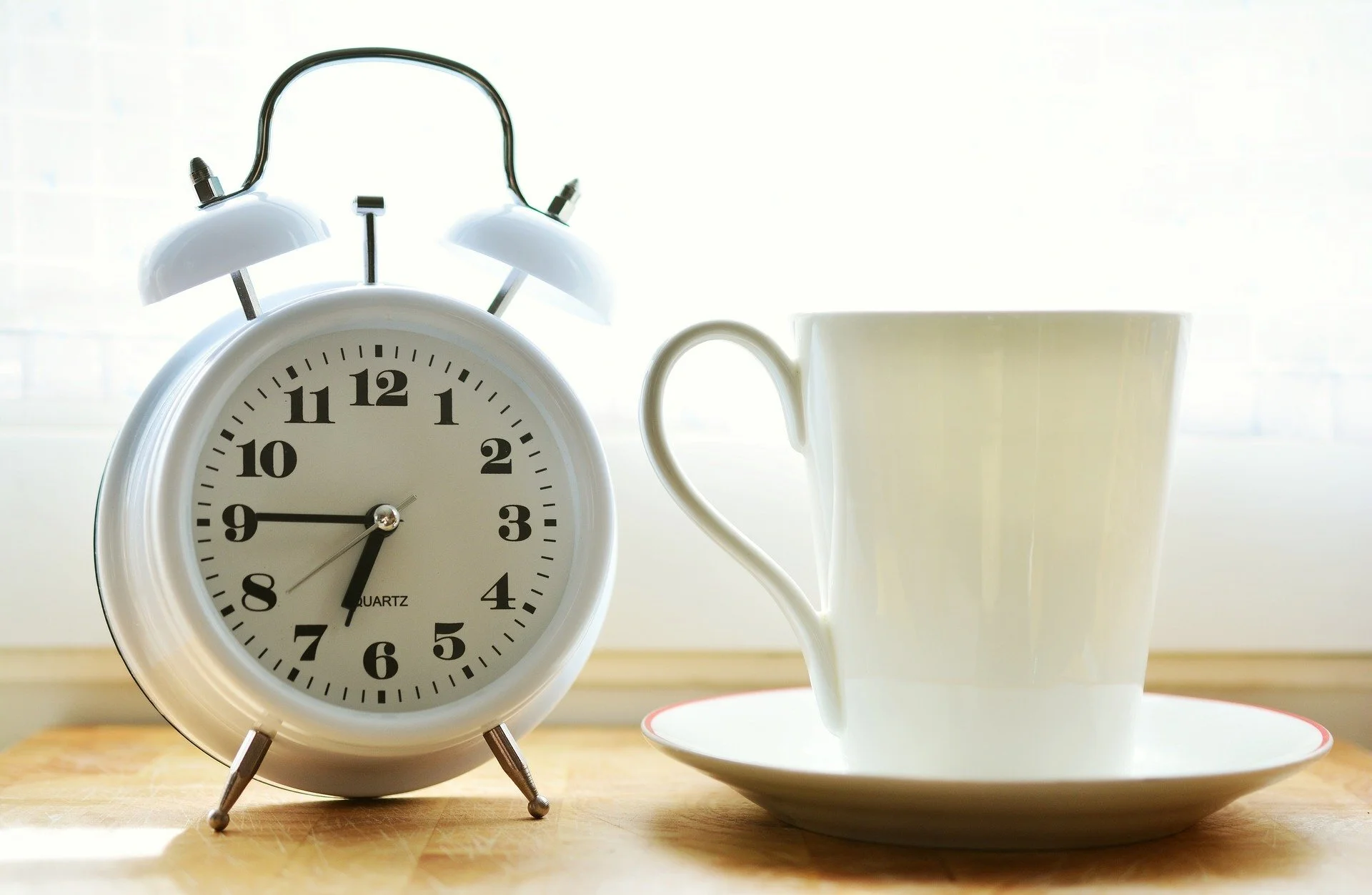PSYCHOLOGY
Everything related to how we think and feel
Longer articles:
Today’s topic will be about the learning process. I want to describe and investigate the learning process that takes place in mastering a craft, and hopefully help the readers understand better their own journey—where they are now, where they are going, and how to get there.
That is why we need clear goals to guide and mold our habits into what we want. If we don’t have a clear sense of direction, we might pick up habits here and there that we think are “good” but that have little to no relevance in our lives, and such habits rarely stick with us for long.
Creative ideas are among the most elusive commodities we value, and yet how to reach them remains, for the most part, a mystery. The creative inspiration we look for seems so out of reach when we focus on it, and then it comes to us when we least expect it.
The problem is that this stress reaction evolved to be a quick fix for a temporary problem; it is not sustainable. When we maintain stress in our lives over long periods of time, the body will eventually enter a stage of exhaustion when our internal resources become depleted.
When we engage with a story, we are momentarily drawn away from our circumstances and enter into a different universe living it through the protagonist. His goals become our goals; we feel his achievements and losses as our own.
Flow is described as a state of mind in which we feel our best and perform our best; we are so involved in what we are doing that we no longer have the mental energy to be aware of anything else.
Shorter articles:
In this post, I wanted to use the scene in “Puss in Boots: The Last Wish” to talk about the psychology and physiology of panic attacks and explore the connection between thoughts, emotions, and behavior. Be wary that this post will contain some spoilers.
In this post, we'll dive into the spectrum between mental visualization and aphantasia, from the ability to create complex images in your mind to being completely blind. And we'll see how workflow often changes based on those mental skills.
In this post, we’ll analyze one piece of the puzzle of personality, why we are who we are and why we make the choices we make. The beliefs and value system of a character are often determined by events that happen to them in the past and the coping mechanism they develop to deal with those situations.
For the most part, at the center of our feelings of not being good enough is our own definition of competence and what a competent person looks like. The discrepancy between the two images is what gives birth to the impostor syndrome.
Active listening is one of the interpersonal skills that are often the object of focus in counseling or coaching to truly connect with another person. In the majority of our cases, it could mean dealing with a client, a supervisor, someone we are supervising, a colleague.
Subjecting our work to other people's judgment is often one of the scariest things we can do. And yet we need it to grow, to learn, to improve our craft. What we don’t need, is to suffer because of it.
Humans are not very efficient when it comes to multitasking. All things being equal, we are far more effective in executing the same exact tasks in a sequential form rather than in parallel. Trying to do multiple things at once is often the best way to make sure we will sabotage our results and our productivity.
Caffeine doesn’t provide you with extra energy, it simply resorts to masking the stimulus of tiredness.
During unengaging, boring moments, our minds disconnect from the outside world and turn inward, we start ruminating and daydreaming.
These three basic psychological needs, if met, contribute to the general well-being and growth of the individuals. This is whether our environment is the workplace, a sports team or personal relationships.
Even after all our preparation work, we need a little help from fate. Some random little accident that will help us break our frame of mind and hints us in the right direction.
A mindset is a self-belief deeply integrated into our psychology which creates the lens that defines for us the outer world and how we interact with it.
When we are under-recovered we pay the price not only in our health but also in our performance. We simply can’t give our best consistently if we are not in our best shape.
The concept of the triune brain originated from neuroscientist Paul D. MacLean around the 1960s as a way to explain the different stages through which the brain evolved.
Like mirroring postures, synchronized walking is normally a sign of friendliness and sociability.
Because of the good feeling we have during flow, this state has a way to push the activity into being intrinsically rewarding






















We'll take a dive into the structure of fictional stories by following the hero's cycle. In all the adventures we tell, there is usually one motif or narrative that, some people may have noticed, keeps repeating itself. The Hero with a Thousand Faces is the story of these stories.